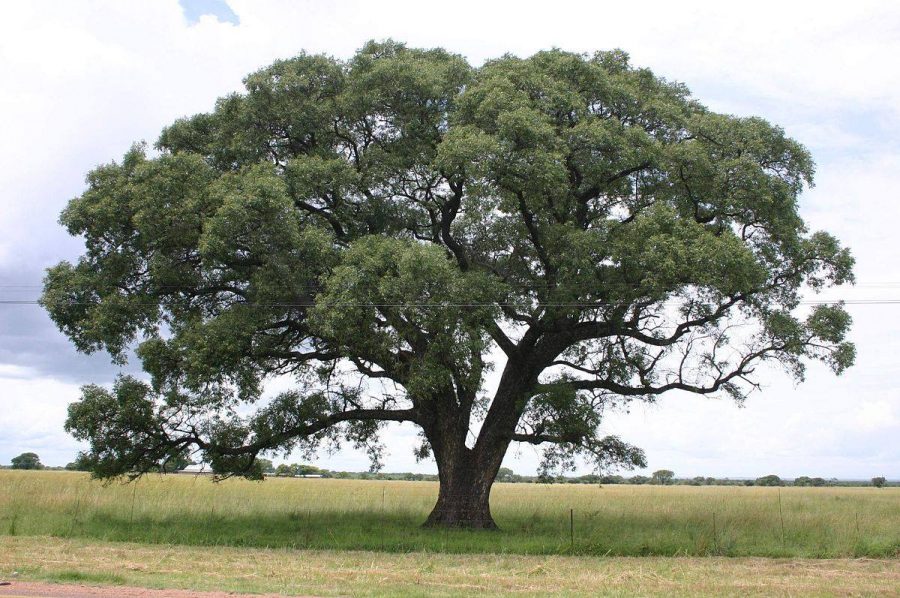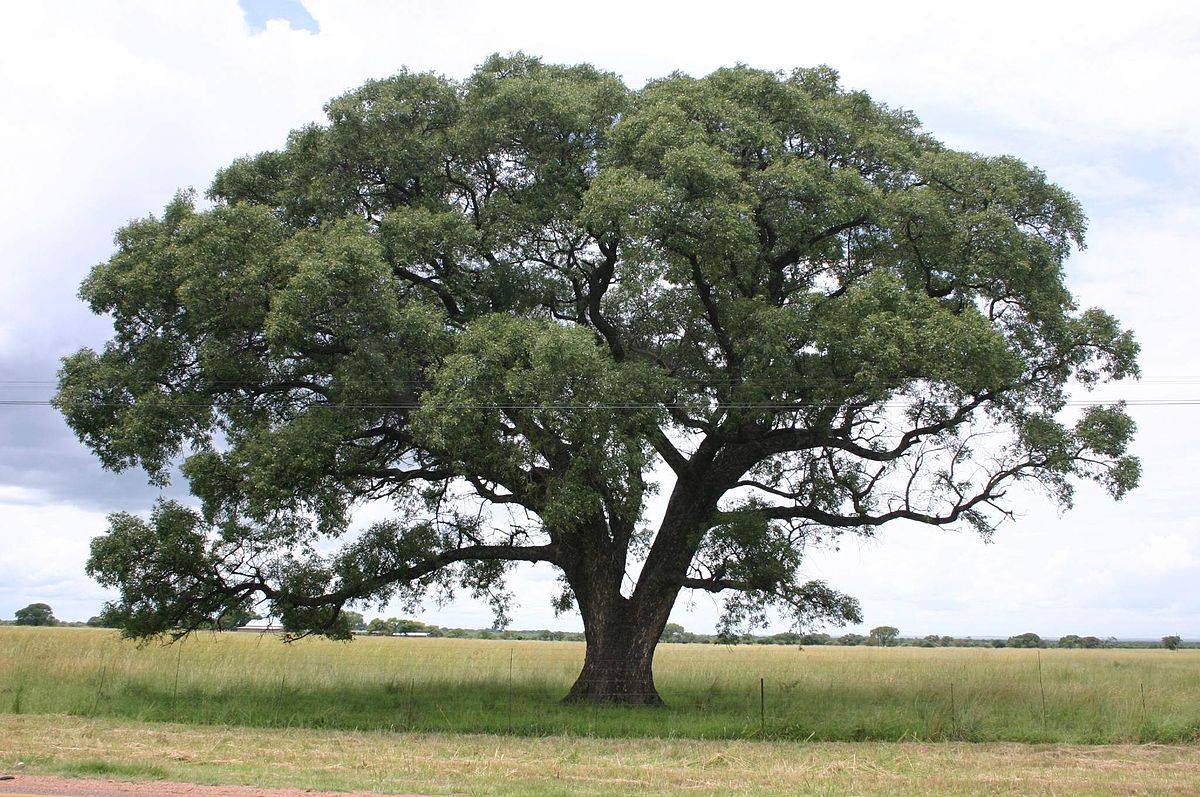
Amateur SA Botanist: Do Yourself a Favour and Plant a Marula in Your Garden
The Marula tree (Sclerocarya birrea) is a local alternative to the Jacarandas and Madagascan Flamboyants. Jacarandas and Flamboyants are some of my pet peeves when it comes to gardening and trees. Not only are they aggressive invasives throughout Southern Africa, but they are also messy and destructive trees writes Nick Bredenkamp. Jacarandas roots are very […]

The Marula tree (Sclerocarya birrea) is a local alternative to the Jacarandas and Madagascan Flamboyants. Jacarandas and Flamboyants are some of my pet peeves when it comes to gardening and trees. Not only are they aggressive invasives throughout Southern Africa, but they are also messy and destructive trees writes Nick Bredenkamp.

Jacarandas roots are very intrusive, and regularly dig into foundations, damage underground pipes, and push down retaining walls.
Their seasonal (admittedly pretty) flowers stain cars and roads with a perpetual sludge of wet, decaying vegetation and their large seed pods regularly dent cars and other property.

The pods themselves are inedible for most of our local birds, bugs, and monkeys. Both trees in their older years are also a hotbed for termite activity, which in turn spreads to younger plants and other trees in the area.
The plants themselves are aggressively allelopathic (much like several other members of the Bignoniaceae and Fabaceae families), inhibiting the growth of other different species nearby.
While they do provide shade and colour to an area, they have very little ecological value outside of their native habitats.
By contrast, the Marula Tree, an African classic with a native range from South Africa to Senegal, is criminally under-utilized in gardens and as a shade tree along roads.
The Marula is a robust, handsome looking tree that impresses without a show of flowers. Its interesting foliage and contrasting bark colour carry a majestic presence in almost every setting, and the tree thrives in a variety of ecological conditions, from savannah to forest.

This is a large tree, and its size does not lend itself to a small garden, but works well as an impressive shade tree and is not very water dependant.
The Marula is also fast growing, and its thick branches make ideal habitats for numerous birds and other critters. It does not form a dense canopy, making it ideal for planting semi shade loving plants below.

One of the more interesting things about the Marula tree is that it is dioecious, meaning that the species consists of male and female trees. This is great news for people who want the tree, but who may not want the fruit that come with the female trees.
Marula trees are also exceptionally easy to grow, in that a large truncheon or branch from another tree can be cut off, planted and watered to establish a new tree, without all the hassle and admin of trying to grow them from seeds.
This makes the Marula an ideal candidate for reestablishing indigenous woodlands after an area has been cleared of invasives.

Marula fruit are one of the main draws of these wonderful trees. The fruit are available from female trees from March to December, and are produced in the hundreds.
They are 8 times higher in vitamin C than oranges, and are absolutely delicious. Many people have tasted one of our famous liquers, Amarula Cream, but so few have actually eaten one of our most widely available and tasty fruit.
The birds and monkeys also thrive on the fruits, and the nuts (while being exceedingly hard to crack) are an important food source for many mammals and rural communities.
The Marula is also host to two gorgeous moth species, the African Moon Moth, and the Fire grid burnet. These species are almost never encountered in urban areas any more, as most of these trees have been eradicated to make way for urban development.

Unfortunately Marula trees have been all but removed from rural areas outside reserves, due to aggressive bark removal practice for traditional medicine.
These trees can handle having the bark stripped in chunks by elephants, and have evolved mechanisms to survive such attacks. However, they cannot withstand continued stripping and will ultimately die.
This is a pity, as rural communities could benefit more from the fresh fruit than the supposed healing of muti.
Due to the soft nature of the wood and its resistance to damage, the tree is also home to number of bugs that also provide food for birds and monkeys.

The Marula is a firm favourite for elephants, who delight in the fruit and the nutritious bark.
While there are numerous stories of elephants getting drunk on the fermented fruit, they are alas just that, stories. An elephant would have to eat hundreds and hundreds of fermented marula fruits in order to ingest the same equivalent of alcohol as a few beers for a grown man.
A 6 ton elephant can drink a lot more beer than an 80kg man!
The elephants have historically been the main dispersers of their seeds, and the trees often lined the ancient migration routes that laid the path for the voortrekkers and finally our national highways.
With the sad absence of elephants, the marula has not found its way back.
The Marula is also a favourite resting spot for leopards. Many a leopard, and as many kills, can be seen lying in their branches throughout Africa’s wilderness.
We have done our country a disservice by clearing these wondrous trees to make space for gaudy exotics. While we can’t bring back elephants and leopards to our suburbs and gardens, we can at least bring a little piece of Africa back to our corner of Africa.
Do yourself a favour, and plant a Marula in your garden.
